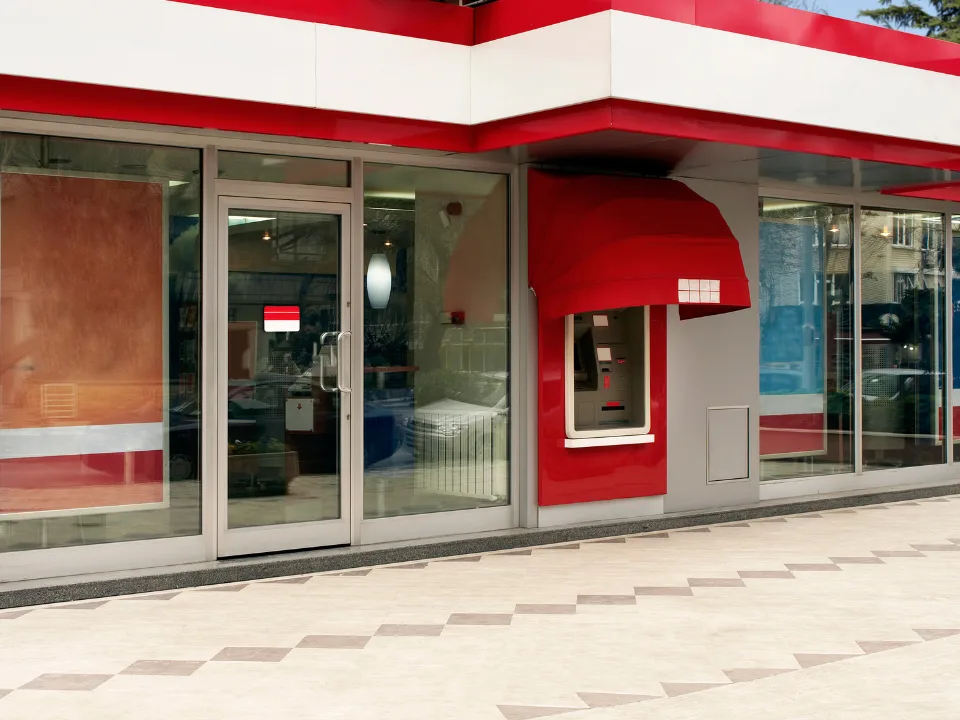- Multi-tenant retail vacancies hit an all-time low in March, while single-tenant vacancies neared record lows.
- Discount stores, restaurants, and fitness centers reported more foot traffic, with discount stores leading at 8.9%.
- Asking rents rose notably for department stores (14.5%), supermarkets (9.7%), and fast food restaurants (5.7%).
- Marcus & Millichap forecasts asking rents to grow 2.2% this year, supported by a strong labor market and resilient consumer spending.
The retail sector is thriving due to strong consumer demand in the first few months of the year, leading to record-low vacancies, as reported in Globest. In March alone, multi-tenant vacancies in retail hit an all-time low, according to a national report from Marcus & Millichap (MMI).
By The Numbers
Single-tenant occupancies nearly reached record lows, missing by just 10 bps. Convenience stores and fast food establishments posted the lowest vacancy rates, at 1.1% and 1.3%, respectively.
The report noted that “the retail sector was the only major commercial real estate property type to note vacancy compression over the yearlong period ending in March.” This trend is driven by consumer resilience, fueling strong tenant demand for brick-and-mortar.
Supermarkets, restaurants, discount stores, and fitness centers all saw between 5–9% more foot traffic during the first five months of the year compared to the same period in 2023. Discount stores led the sector with an 8.9% gain, followed by restaurants at 6.4%, and grocery stores at 5.7%.
Higher Rents, Of Course
The surge in retail demand also led to notable growth in asking rents. Department store rents spiked up 14.5%, with supermarkets following at 9.7%, and fast food restaurants at 5.7%.
However, some retail categories saw declines, with regional malls reporting a 10% drop in asking prices and drug stores 9.8% lower rents.
Overall, core sales in the retail sector rose 2.9% YoY in the first five months of the year. Marcus & Millichap credited some of the retail success to the robust labor market, with 1.24M jobs added YTD through May.
Positive Outlook
For the full year, Marcus & Millichap remains optimistic. They forecast 2.2% growth in asking rents compared to 2023, with the average asking rent expected to reach a record $22.88 PSF. Notably, 6 of the top 10 metros for marketed rate growth are in the South.
Although vacancy rates are expected to rise for the first time since 2020, they will still be 100 bps below the long-term median. The firm projects 2M job additions for 2024, representing a 1.3% YoY increase, though it cautions employment growth will slow in 2H24. Additionally, 40 MSF of retail space are set to be completed in 2024, up 0.4% from 2023.
“Tight vacancy, record asking rents, and resilient consumer spending should continue to draw investors to retail listings,” Marcus & Millichap concluded.

















